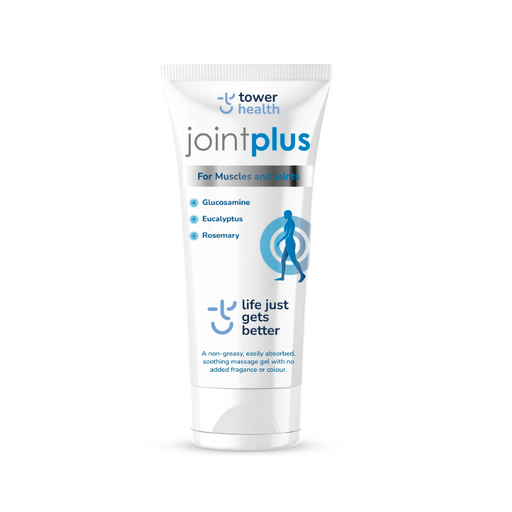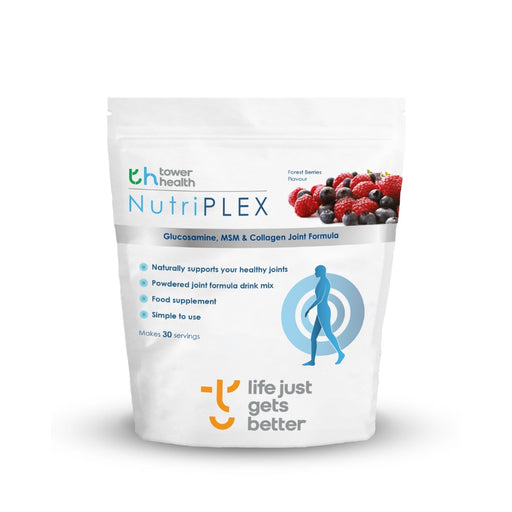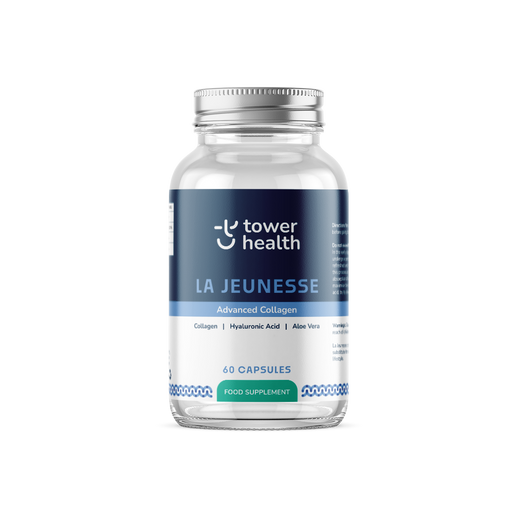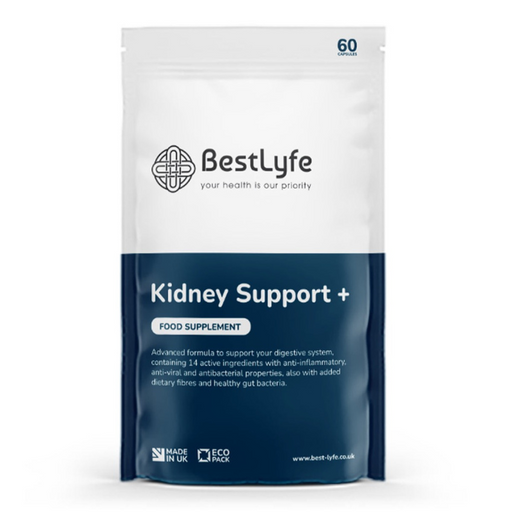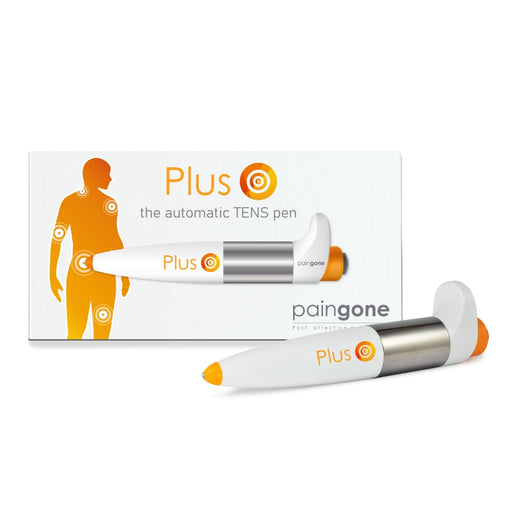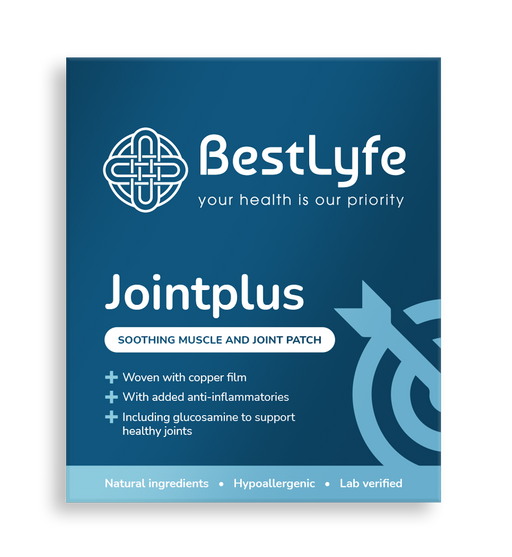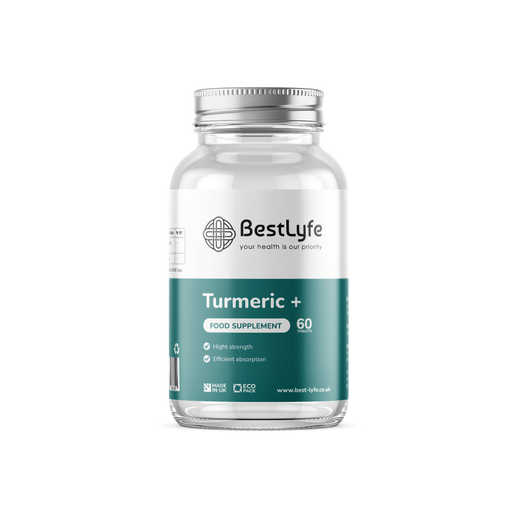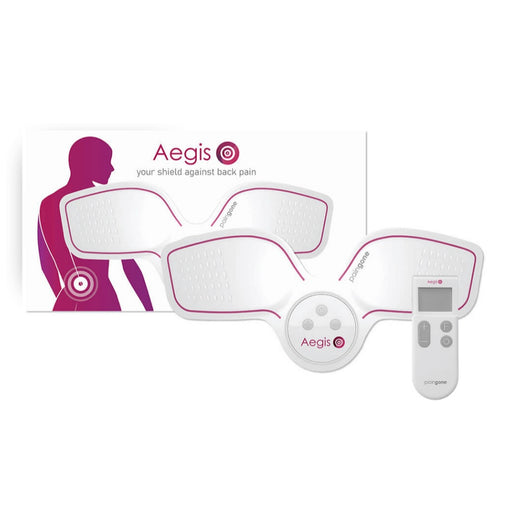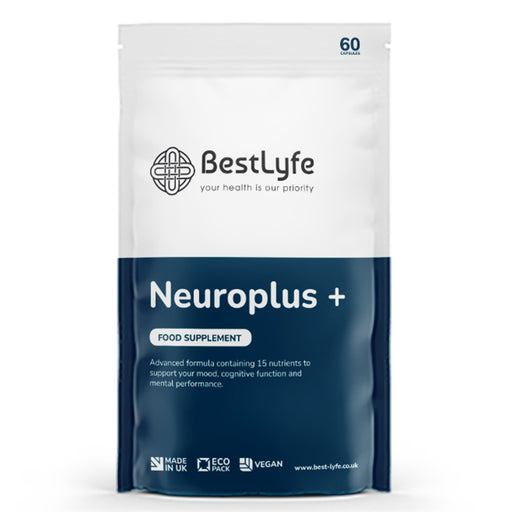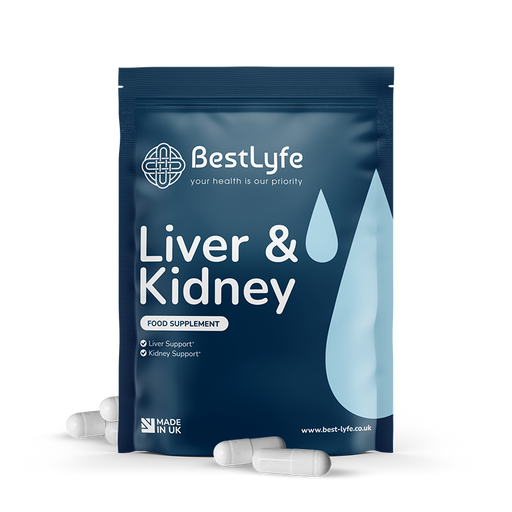
Exploring Skin Patches: Your Comprehensive Guide to Convenient Health Solutions
What are Transdermal Patches? (And how do they work?)

Ever wondered what transdermal patches are? Or heard your GP mention them and want to do more research? You're in the right place.
This introduction helps you understand how these patches work and why they're preferred to other methods like pills. We'll cover the history and highlight any safety concerns you may have. As always, consult a medical professional before starting any treatment - no matter the application.
What are Transdermal Patches?
Transdermal patches are like plasters with medication. These patches contain medicine or other chemicals your body needs. When you put one on, it releases the medication slowly through your skin and into your bloodstream. You get a steady dose over hours or even days, so you don't have to remember to take a pill or get a shot. It's like a secret delivery system right through your skin!
How do Transdermal Patches work?
Your skin is your body's protective outer layer. It's great at keeping unwanted visitors out, like moisture, the sun, and germs. Traditionally, if you wanted to administer medication, you'd have to use a needle that penetrates the skin.
A transdermal patch does the same without needing to break the skin with these 3 layers:
- The backing and adhesive layer to stick to your skin and keep it in place
- Medicated layer to store the medication
- Membrane to control how fast the medication gets out
This is what happens when you stick a transdermal patch to your skin:
- As soon as the patch is attached, the medicated layer starts to dissolve.
- The medication is absorbed by your skin as it makes its way through the epidermis - the top layer of your skin
- The medication hits the blood vessels and takes a ride on your body's highway system to get where it's needed.
- When it arrives, it gets to work delivering the benefits of your medication - whether it's pain relief, suppressing nicotine rush, or preventing pregnancy.
The medication release isn't done all at once. The membrane layer slows down the release to keep a consistent dose over a longer period of time. In some cases, this could be days and weeks all in one patch.
Common Usages of Transdermal Patches
Transdermal patches help with lots of symptoms and conditions. This list isn’t exhaustive, but gives you an overview of key usage:
Quit Smoking: Some people use patches to help them stop smoking. These patches slowly release a bit of nicotine to make quitting easier.
High-Strength Pain Relief: For really bad pain, like after surgery or if you have chronic illnesses, there are patches with high-strength pain medicine.
Achy Joints: If your joints hurt, patches with special medicine can help reduce the pain and swelling.
Hormonal Problems: Patches can also help with hormone problems, like menopause or when your body needs a boost of certain hormones.
Tackling Nausea: If you get sick in cars or on boats, there are patches that can stop that icky feeling. People undergoing chemotherapy use these patches to help with the queasy feeling you experience.
Birth Control: There are patches for birth control, too. Stick one on your skin, and it releases hormones to prevent pregnancy.
Brain and Nerve Issues: Some patches help with brain problems, like memory issues or shaky hands.
Blood Pressure Control: Patches can help keep your blood pressure in check by giving you a steady dose of medicine.
Losing Weight: There are even patches that claim to help with weight loss by making you less hungry or speeding up your metabolism.
History behind Transdermal Patches
In the late 70s, you had two options for taking medication: a pill or injection by a medical professional. We needed an alternative that lasted longer and didn't require visiting the GP every week.
Transdermal patches were the answer.
The first patch was approved in the USA in 1979 for people suffering from motion sickness.
Delivering this helped people who were travelling or waiting for anaesthesia to wear off. But, this was just the beginning.
In the 1990s, transdermal patches' big breakthrough entered the market: nicotine pouches. As the association with smoking and cancer strengthened, many people wanted to quit the habit. By slowly releasing nicotine, smokers learned to manage their cravings and eventually quit.
This breakthrough got scientists exploring more ways to use this patch. Today, we deliver medication for birth control, pain relief and more without the need for swallowing pills or injections.

Are transdermal patches safe?
Transdermal patches are generally considered safe when used as directed. However, like any medical treatment, you must consider potential risks. Here's a breakdown:
Safety Advantages
Steady Medication Release
Transdermal patches provide a controlled and steady release of medication over time. This can help maintain consistent therapeutic levels in the bloodstream, reducing the risk of sudden spikes or drops in drug concentration.
Avoiding Digestive System
Patches bypass the digestive system, which can be advantageous for individuals who have difficulty swallowing pills or who experience stomach upset with oral medications.
Convenience
Patches are generally easy to use and require less frequent dosing compared to some other methods, such as oral medications.
Safety Considerations
Skin Irritation
Some individuals may experience skin irritation or allergic reactions at the patch application site. This can range from mild redness to more severe reactions. Using a different location for each patch change can help minimise this risk.
Local Skin Reactions
Prolonged use of patches in the same area can lead to localised skin reactions, such as redness, itching, or rash. Proper rotation of patch sites can mitigate this issue.
Proper Disposal
It's important to dispose of used patches properly to prevent accidental exposure to others, especially in the case of potent or hazardous medications.
Patch Integrity
Ensuring that the patch adheres properly and remains intact on the skin is crucial for effective and safe drug delivery. If a patch becomes damaged or detached, it should be replaced following the product's instructions.
Patient Compliance
Patient compliance is essential for safety. Patients must follow the prescribed dosing schedule and instructions carefully.
Potential Drug Interactions
Like other forms of medication, transdermal patches can interact with other drugs a person is taking. It's crucial for healthcare providers to be aware of all medications a patient is using to prevent potential interactions.
Not Suitable for All Medications
As mentioned earlier, not all medications are suitable for transdermal delivery due to their chemical properties or dosing requirements.
You should follow your GP or medical specialist's instructions and report any adverse reactions or concerns promptly. Make sure you weigh the benefits of consistent drug delivery against potential risks and discuss any questions or issues with a medical professional.
Key Points to Remember
From pain relief to managing chronic conditions, transdermal patches have revolutionised how we deliver essential medications and treatments. We've already seen how scientists started with treating motion sickness to then prevent pregnancy, relieve muscle pain, and manage blood pressure.
What's next for these patches? With the ever-evolving needs of healthcare, the future looks promising.
For now, if you're considering a transdermal patch, chat with your GP or medical specialist. They'll walk you through the options and make recommendations on how best to tackle your symptoms.
Need Guidance?
You can also talk to one of our health advisors. In a phone call, we'll listen to your current medical troubles and match you to our natural health treatments. All your questions are answered so you can put the phone down knowing exactly what you need to do next. Just Call 0800 774 7090
Best Selling Natural Health Products
-
Joint Plus - Glucosamine Joint Gel 200ml
Original price £17.95 - Original price £107.70Original price £53.85£17.95£17.95 - £86.16Current price £17.95in stockNourish and improve mobility with Joint Plus Glucosamine Gel Targeted anti-inflammatory action from natural ingredients that work in synergy to co...
View full detailsOriginal price £17.95 - Original price £107.70Original price £53.85£17.95£17.95 - £86.16Current price £17.95 -
Nutriplex: Collagen Rich Joint Health Supplement - Tower Health
Original price £29.95 - Original price £143.00Original price£29.95£29.95 - £143.00Current price £29.95In stockImprove Joint Health & Mobility with Nutriplex Reap the benefits of our collagen-rich joint health supplement, packed with essential nutri...
View full detailsOriginal price £29.95 - Original price £143.00Original price£29.95£29.95 - £143.00Current price £29.95 -
La Jeunesse Collagen Capsules 1200mg 60 Capsules - Tower Health
Original price £29.95 - Original price £134.11Original price£29.95£29.95 - £134.11Current price £29.95in stockIntroducing La Jeunesse Collagen: Your Comprehensive Skin and Joint Health Solution Discover La Jeunesse Collagen, a meticulously formulate...
View full detailsOriginal price £29.95 - Original price £134.11Original price£29.95£29.95 - £134.11Current price £29.95 -
Bestlyfe Kidney Support+
Original price £24.95 - Original price £149.70Original price £74.85£24.95£24.95 - £119.70Current price £24.95in stockCleanse, detox, repair and support your digestive system with Bestlyfe's Kidney Support+ Advanced formula containing 14 nutrients and vitamins to s...
View full detailsOriginal price £24.95 - Original price £149.70Original price £74.85£24.95£24.95 - £119.70Current price £24.95 -
Paingone Plus: The Automatic TENS Pen
Original price £59.94Original price £59.94 - Original price £59.94Original price £59.94Current price £51.54£51.54 - £51.54Current price £51.54in stockPortable, Automatic Tens pen AS SHOWN ON TV Introducing Paingone Plus – your go-to solution for rapid and efficient pain relief. This compact...
View full detailsOriginal price £59.94Original price £59.94 - Original price £59.94Original price £59.94Current price £51.54£51.54 - £51.54Current price £51.54Save 14% -
Jointplus Patches
Original price £29.95 - Original price £29.95Original price£29.95£29.95 - £29.95Current price £29.95in stockA natural upgrade on the glucosamine patches Natural ingredients - contains Glucosamine and Vitamin A,C & E 30x pack Discrete and convenient -...
View full detailsOriginal price £29.95 - Original price £29.95Original price£29.95£29.95 - £29.95Current price £29.95 -
Turmeric+ - 60 Tablets
Original price £12.95 - Original price £12.95Original price£12.95£12.95 - £12.95Current price £12.95in stockImprove Wellness With Turmeric Support your wellness routine with BestLyfe Turmeric+ tablets containing over 1,000 mg of Turmeric per recommended...
View full detailsOriginal price £12.95 - Original price £12.95Original price£12.95£12.95 - £12.95Current price £12.95 -
Paingone Aegis: Your Shield Against Back Pain
Original price £71.94 - Original price £71.94Original price£59.95£71.94 - £71.94Current price £59.95in stockWireless TENS machine for lower back pain. Adjustable intensity levels with remote control. Class IIa medical device. Can be worn under clothing....
View full detailsOriginal price £71.94 - Original price £71.94Original price£59.95£71.94 - £71.94Current price £59.95 -
Neuroplus+
Original price £24.95 - Original price £149.70Original price £74.85£24.95£24.95 - £119.76Current price £24.95in stockUnlock your cognitive performance and enhance your mood with Nauroplus+. Our carefully crafted blend of 15 nutrients aims to elevate your m...
View full detailsOriginal price £24.95 - Original price £149.70Original price £74.85£24.95£24.95 - £119.76Current price £24.95 -
Liver & Kidney - Cleanse & Detox
Original price £39.95Original price £39.95 - Original price £209.70Original price £39.95Current price £31.95£31.95 - £191.75Current price £31.95in stockBestLyfe's recommended supplements to support healthy digestive organs. Fight back against overindulgence with 26 nutrients that keep your liver an...
View full detailsOriginal price £39.95Original price £39.95 - Original price £209.70Original price £39.95Current price £31.95£31.95 - £191.75Current price £31.95Save 9%

